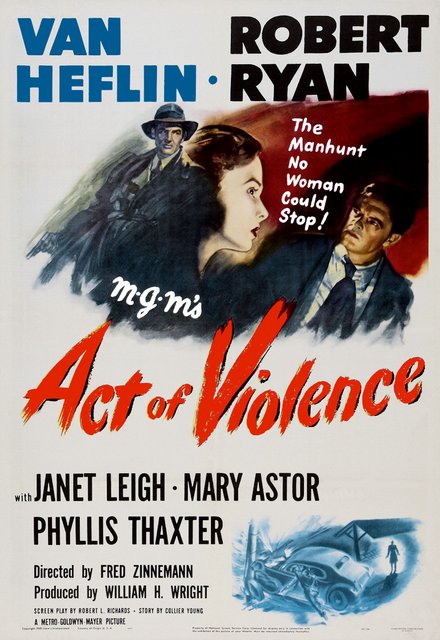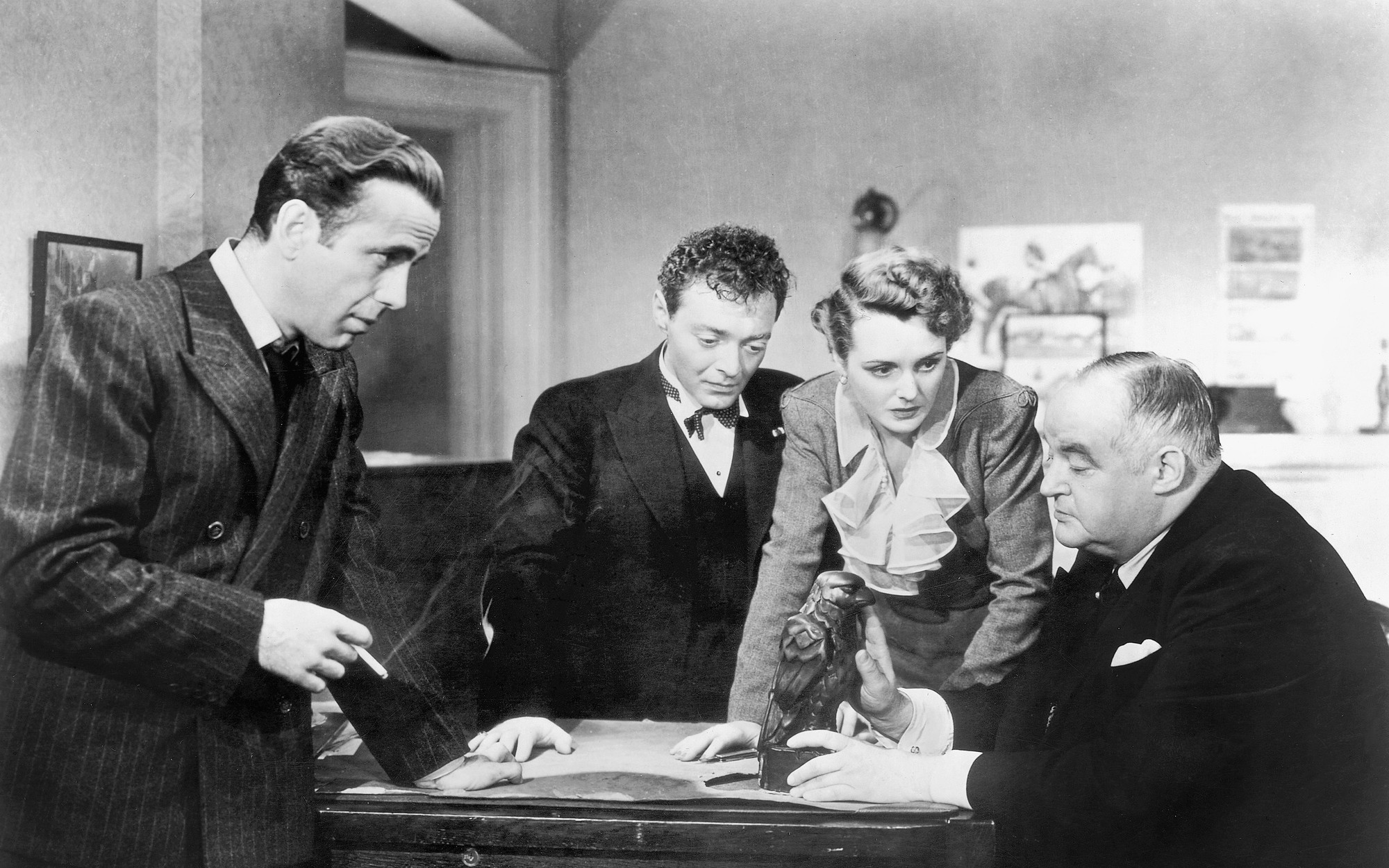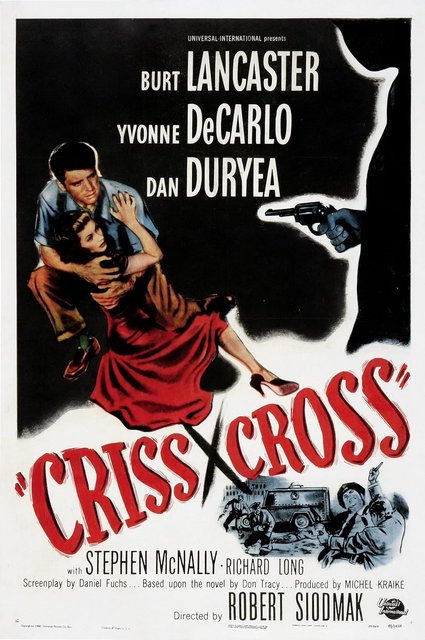
Act of Violence - 1948
Directed by Fred Zinnemann
Written by Robert L. Richards
Starring Van Heflin, Robert Ryan, Janet Leigh, Mary Astor, Phyllis Thaxter & Berry Kroeger
There was little reckoning to be done in late 1940s America - the war that had just been fought was done on just terms, fought fairly and brought total victory. What we don't hear about as much from this period were those unalterably damaged veterans though. Films like 1946 documentary
Let There Be Light dealt with them directly, but it never became a national obsession - that I've heard of. 1949 American film noir motion picture
Act of Violence has a very direct and probing bearing on this post-war echo of death and killing however. Both the anger and resentment mixed with the guilt and terrible shame many men were having to live with, and sweep under the carpet to function in polite society, is evident in this film. I rather admire it for that, even if it's somewhat in pulp form here during this 82-minute tense thriller - cutting right to the chase. One aspect which really pleased me was the inclusion of the wife and girlfriend of our two main characters, Joe Parkson (Robert Ryan) and Frank R. Enley (Van Heflin), in the plot - at least in a supporting kind of way.
Seeing as a film like this functions on it's slow reveal of the facts, I won't go into plot details other than to say it all starts with a gun-toting Joe trying to track down Frank. Once Frank hears Joe is looking for him, he loses his cool - so it's obvious the two know each other, and something's up. I kind of thought that the story these two men share, and the reason for what's happening, gets revealed a little too quickly - once we're half-way through the film we already know what went down between them, and the rest of the film only has the hunt to keep us interested. Still, the painful details made quite a picture in my mind, and Robert L. Richards (he'd go on to write the screenplay for
Winchester '73) deserves praise for penning the scintillating dialogue. When we hear what it was like from Joe's own lips it paints a vivid picture - better than actually seeing a flashback play out, so I'm glad the filmmakers went that route. Once we knew though, part of the excitement I had (that of wondering what the hell was going on) departed, having been already satisfied.
Like I said earlier, this was a good film for having several strong parts for women. Janet Leigh is Frank's wife Edith Enley, who has her world turned upside down overnight when she hears her husband has a secret, and sees the results of what he's done. All the same, she loves Frank and wants him to resolve all of this - and most importantly not fall apart. It's an emotional rollercoaster for her. Phyllis Thaxter plays Joe's girlfriend Ann Sturges - she wants Joe to forget about his need for vengeance, which she's sure will lead to him having regrets and taking on the weighty guilt that Frank is already suffering from. Hers is a role of constantly trying to persuade and get through Joe's iron outer defenses. Mary Astor plays Pat - a shady kind of character, possibly a working girl who tries to exploit Frank as much as she can while seeming kind and caring. It's an interesting kind of role, and she's also memorable in
Act of Violence. All three are more than mere decoration, and have decent parts.
The movie itself is bathed in film-noir shadow, darkness and complete blackness. A lot of attention cinematography-wise has been payed to completely shadowing out parts and keeping us tangled in shade and impenetrable silhouettes. Apart from a foray to Big Bear Lake and the San Bernardino National Forest during the day, most of this film plays out at night. Much of it's tension comes directly from Ven Heflin's Frank and Robert Ryan's Joe, the former of whom slowly deteriorates through the film and becomes a guilt-infused mess. Tension and anger. These two men seem to have brought the war home with them, and aren't content to make the most of the rest of their lives - especially in Joe's case. Joe has been disabled and incapacitated in some regards, the most visible of which is the awkward limp he carries with him. I think it's implied (never really outright) that he might also be impotent or else have other impairments. It's obvious that the war has left them with traumas they'll never fully recover from.
I thought this had a faultless first half and a very good second half, the latter part being a little less interesting for having already revealed the secret Frank was carrying around with him. A very enjoyable film to watch though, with twists and turns, including Berry Kroeger as fixer Johnny - a wild card thrown into the mix. I was quite satisfied with it without thinking it an outright masterpiece.



